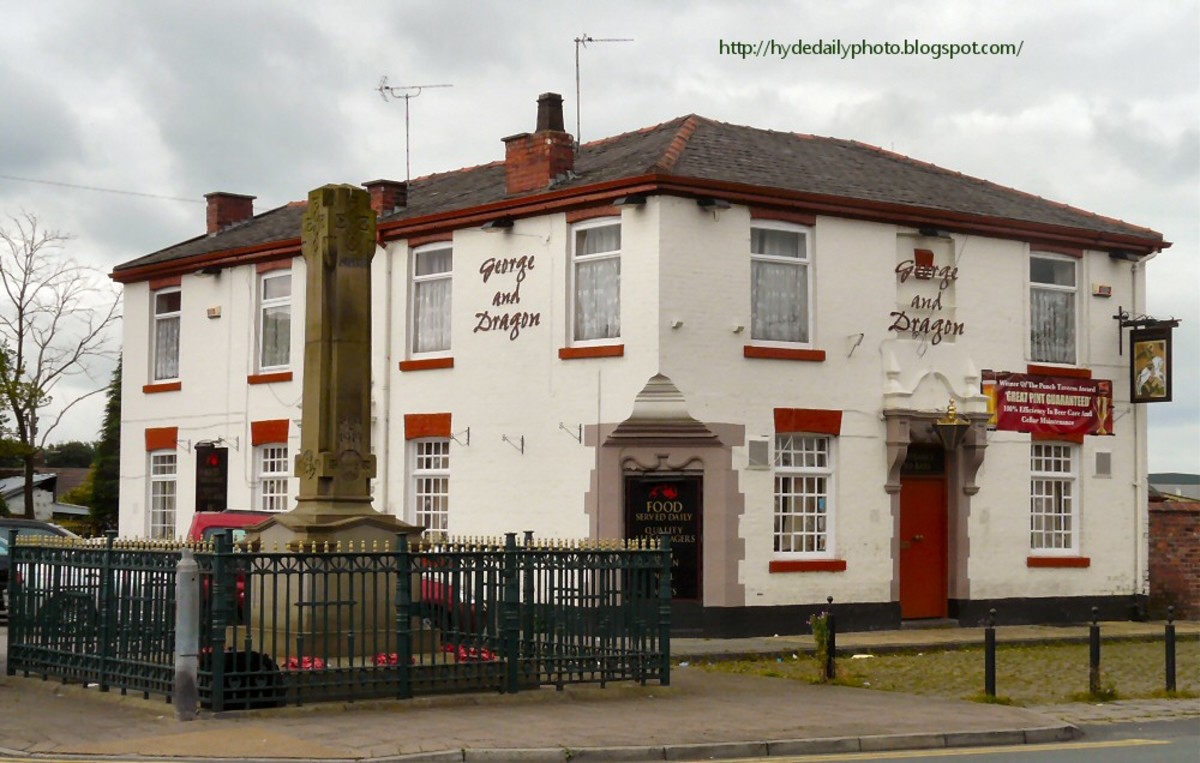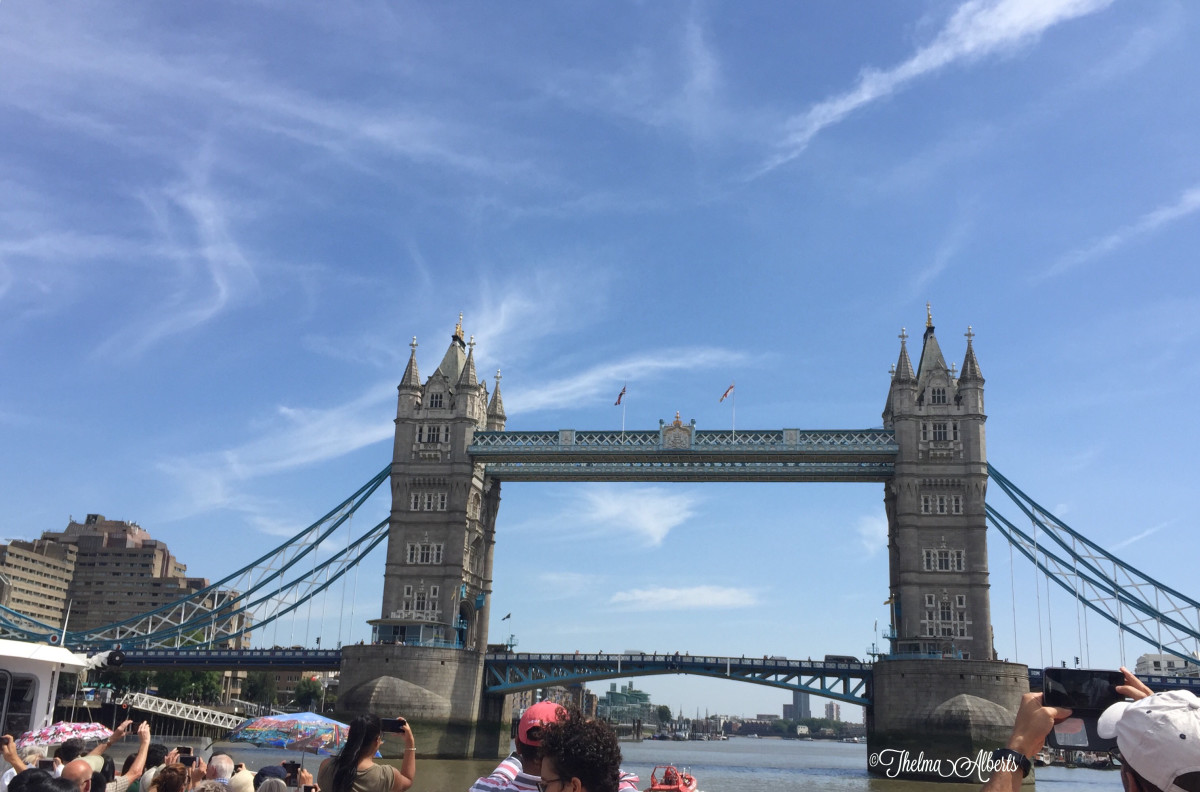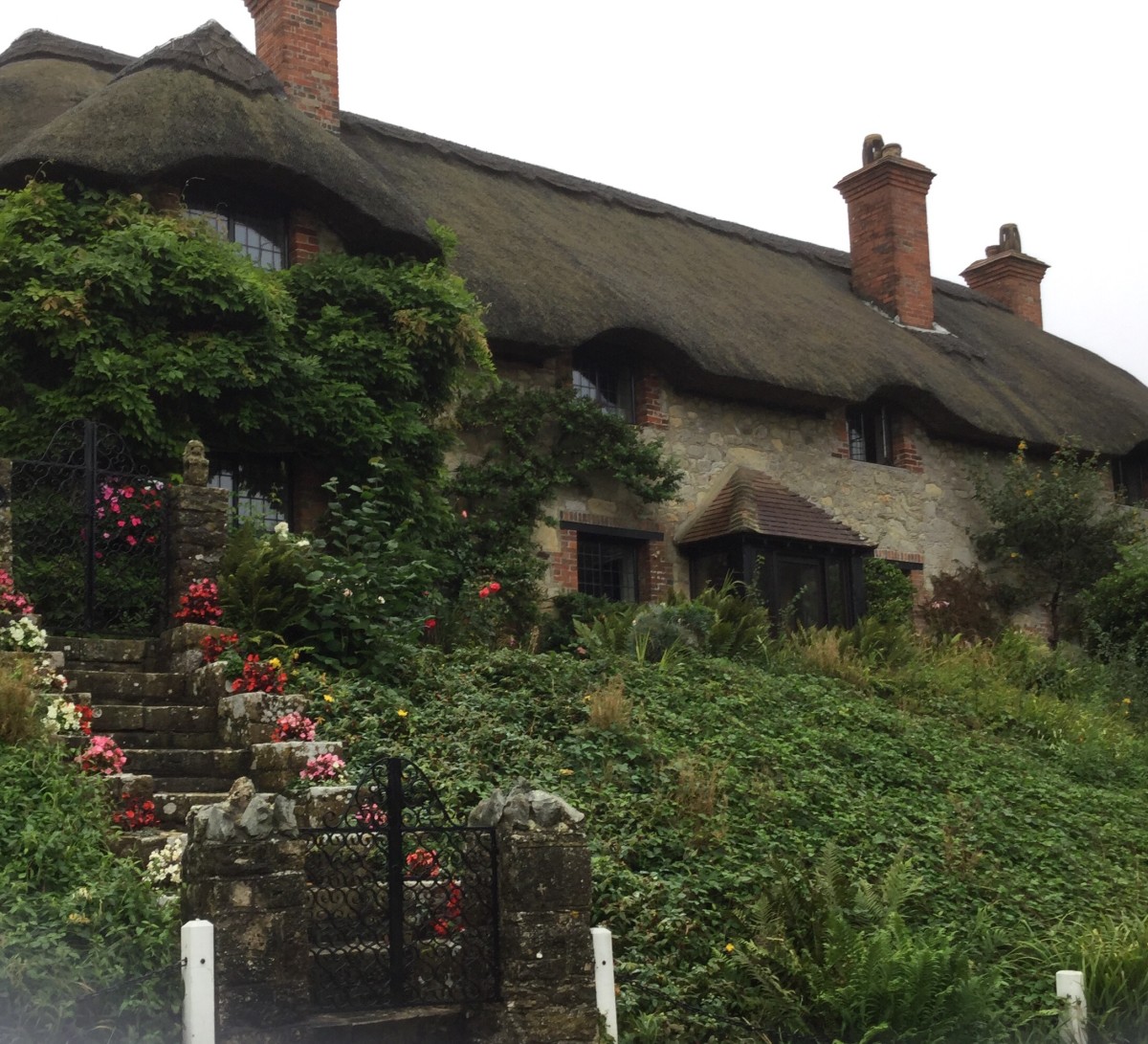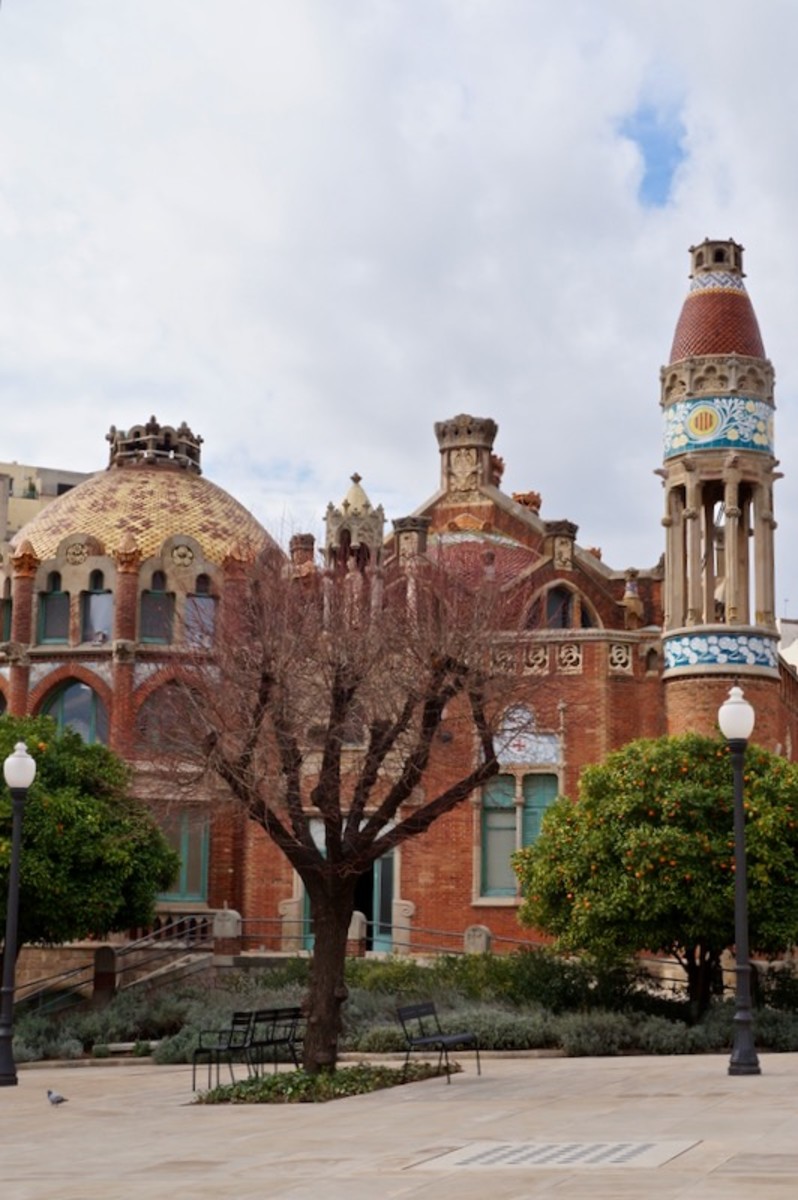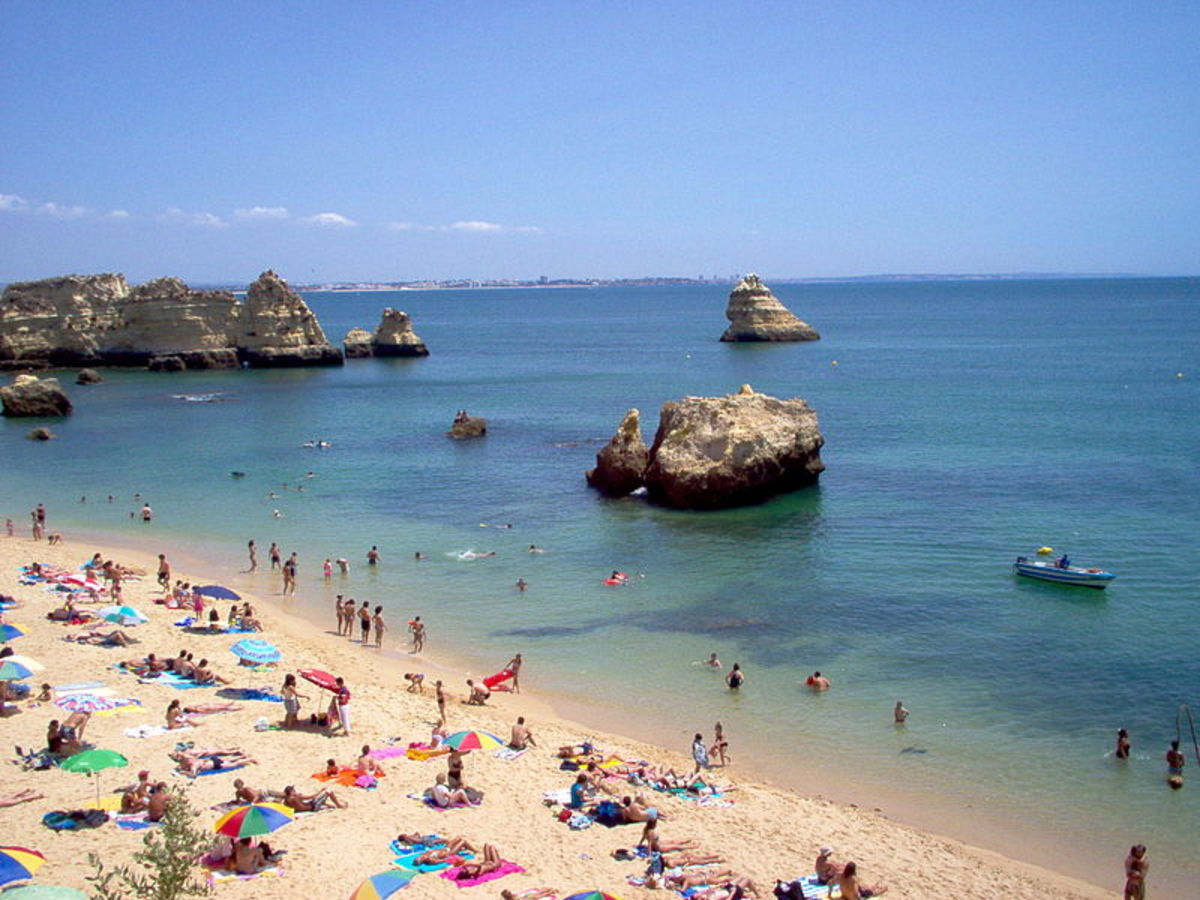Travel - England
UK travel
There are many great things to see and do in the UK, some of which are pretty much unique. In this guide, which I hope you will not find patronising in any way, I'll make some suggestions on unusual places to see. It should be noted that we have a book here called Crap Towns - which sounds a note of warning. When the book was published, the writers were inundated with complaints from people who had their towns passed over! This led directly to the publication of Crap Towns 2 - the people decide. This second volume redressed the balance somewhat, and ensured that the true awfulness of many towns in the UK was at last properly recognised.
Now, although I'm very tempted to list all the dreadful towns in the UK, I would run out of space!
Although England, Scotland and Wales have amazing scenery and wonderful historic buildings, there are huge areas of desperate social deprivation as well. The Luftwaffe destroyed a lot of the national heritage, and then in the 1960s many town centres were submerged by a sea of concrete and brutalist architecture. The modern blight is really the identikit nature of the shopping malls and city centre shops. Places like Lavenham, York, and Bath are an antidote to all this, all places that retain enough original architecture - all three places should be high on your list.
This hub is designed to cover a lot of places through links, which are highlighted in blue.
See also UK Travel - Historic Elizabethan Houses.
Willy Lott's cottage (Haywain by Constable)
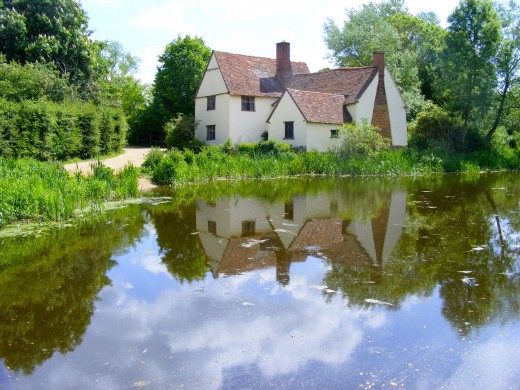
UK Travel - an overview
It may be a good time to visit the UK this year - the £ sterling is weak, so your cash should go a long way. The food used to be terrible, but it's getting better all the time, and IMHO the countryside of England, Wales and Scotland is unusually beautiful during the summer months.
This could be a vast and unmanageable subject, but what I plan to do is include links to many more specialized hubs on different areas. I think you want to see the full range of options before planning a trip, so the whole country will be covered, North to South.
Getting around - if you book trains online you'll save a fortune. Try raileasy or thetrainline - usually you can book up to one day in advance, collect the tickets from a station machine with your credit card. In London, use an Oystercard to save on public transport.
London
Half of my family were chipper little East-enders, (think Dick Van Dyke) but somehow I've never really liked London that much. As a visitor you will discover that every minute you spend there will be expensive, and I think it's best to have a quick look - even just a day-trip - and get out of there! In many ways, the further you are from London, the better your experience of the UK will be.
Having worked in hotels around Heathrow - don't go there! It's miles from the city centre, the room rates are excruciating, the chain hotels are just dull despite their pretensions. When you're sightseeing in London, you have to travel light. The tube (underground rail system) is full of travellers trying to lug huge Samsonite cases up and down miles of tunnels and escalators - not a pretty sight!
On a more positive note - many of the best attractions in London are free, or very subsidised. These include:
- British Museum
- National Gallery
- Science Museum
- National Portrait Gallery
- Victoria and Albert Museum
If you had the time, you could spend a day in each of these fine institutions - and even that would not really be long enough. See hubs by londongirl, or my hub London - art and museums.
The National Gallery and National Portrait gallery are just around the corner from each other, in Trafalgar Square. This is particularly easy access from red bus routes.
The National Gallery has a section devoted to a computer-based catalogue of all the paintings, where you can also get a nice coffee. This is beyond brilliant if you like art, or want to become an expert in a couple of hours! To give you an example, check out the view of Willy Lott's cottage below. If you go to nationalgallery.org.uk and look up Constable in the A - Z of artists you can see his painting of this view, The Haywain.
Suffolk and East Anglia
Suffolk = South folk
East Anglia = where the Angles lived
The coast of Suffolk is very flat and understated, but it's really nice in its own way - and a trip back in time to the 1950s. On the border with Essex is Dedham, home of the iconic British painter John Constable - many of his finest paintings are in the National Gallery, and also appear on teatowels and jigsaw puzzles. Constable walked across the fields to school, and later chronicled a vanishing agricultural way of life centred on the barges and waterways of the River Stour, influencing the whole Impressionist movement in the process. The picture above, Willy Lott's cottage, is the scene depicted in The Haywain (National Gallery, London) - which is one of the most iconic English paintings. The NT property at Dedham Vale includes this cottage, and there is an interesting free exhibition dedicated to the work of John Constable. Flatford Mill is close to the village of East Bergholt.
Further north on the coast are:
- Orford Ness (a wild coastline with ancient castle)
- Sutton Hoo (site of a Viking ship burial)
- Southwold (old-fashioned and charming seaside resort)
Lavenham is a small town with possibly the most wonderful collection of half-timbered late medieval buildings in the UK - centred on a National Trust property, the Guildhall. This is an example of my favourite type of English building, in a market square full of timber buildings. The exhibitions inside are rather dull, though.
My new hub (April 2011) UK Travel - Lavenham and Suffolk has pictures of the buildings, mainly from the 1500s - it also shows the amazing weather we've had this Easter.
You can find more info on NT properties at nationaltrust.org.uk
Lavenham, market place
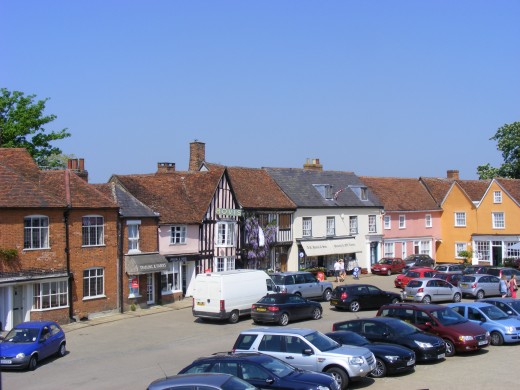
Dedham, Essex and Suffolk border
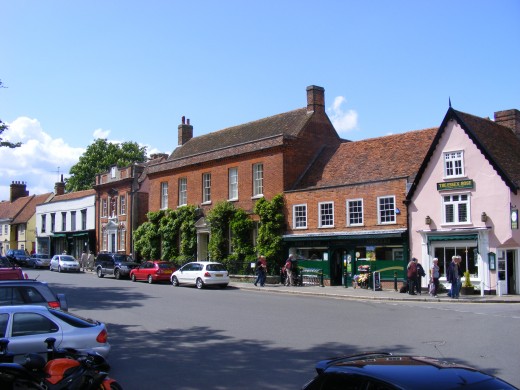
Layer Marney Tower
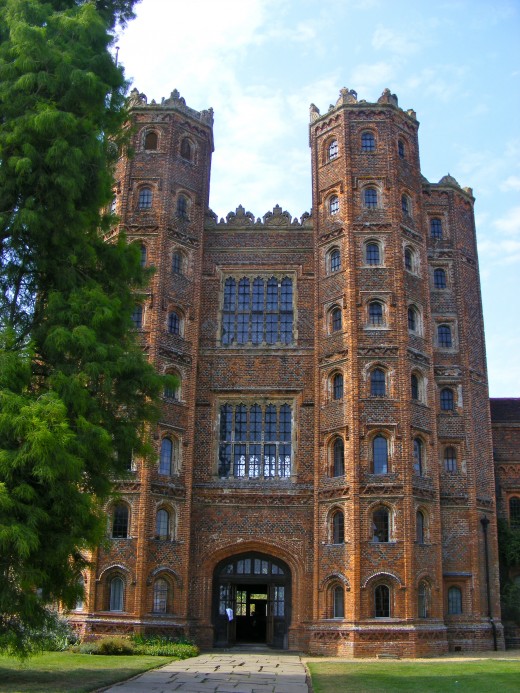
Layer Marney Tower
Layer Marney tower is a Tudor country home in Essex, not far from Colchester. This is a building that's not very well known, even in the UK. It's from the reign of Henry VIII,when he encouraged his nobles to build grand homes (and would then confiscate them if he felt like it.)
Stylistically, it's a bit like Hampton Court Palace, but on a much smaller scale, and it was never completed. Historically, it has quite a lot of interesting features, and both Henry VIII and Elizabeth I stayed there.
The brochure will tell you that there is a commanding view towards the Blackwater estuary, but strangely there is no mention of the most prominent landmark in the landscape, which is Bradwell nuclear power plant!
West Country
Things To Do In Cornwall When it Rains is a great hub about Cornwall and the Eden Project. You might notice that this hub is called When it Rains, not If It Rains! The coast of Cornwall is wild, rugged and great for surfing. You could try:
- St.Ives - famous for art
- Padstow - seaside resort, great beaches
- Constantine Bay - amazing bay and views, very close to Padstow.
- Parking. One aspect of Cornwall is very frustrating - the parking. It's very difficult to avoid spending a lot of money on this if you are exploring the coastline.
- Eden Project - one of the most popular sights in Cornwall, and deservedly so. The Project is set in the site of an old industrial clay mine, and spectacular gardens including giant geodesic domes have exhibits of different natural ecosystems. There is a tropical rainforest with banana trees under a giant dome, and a temperate zone dome, all this is on a massive and impressive scale. Excellent food and catering, exhibitions and walks - the Eden project also hosts evening gigs, and is a wonderful concert venue. A really educational day out, especially for kids. It's near St.Austell. The Eden Project really needs support now, with falling visitor numbers, and it makes for a unique day out, the kind of thing you never forget.
Royal Crescent, Bath
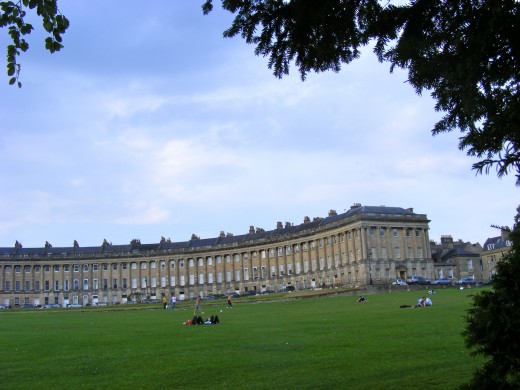
Bath and the West
Bath is a world heritage site, the only Unesco world heritage city in the UK, most of which is built from local stone in a Georgian style. It's a very small city, and it's really special. A lot of the best architecture dates from 1775 or thereabouts, The Royal Crescent and The Circus are world-famous, and The Roman Baths are really interesting.You can take a sightseeing bus around the city, and another option is to take a boat trip along the river, which starts at Pulteney Weir, just under Pulteney Bridge. Alternatively, the city is ideal for walking. Personally, I would walk from the Roman Baths across Pulteney Bridge, through Laura Place (where the fountain is) down Great Pulteney St to the Holborne Museum, visiting the new garden cafe, and then through Sydney Gardens to the canal. From there you can walk out to great countryside views.
- Bath Centre
- Roman Baths (built by the Romans, still working....!)
- Holborne Museum
- The Circus
- Bath Abbey
- Royal Crescent
- Lacock - Harry Potter filmed here
- Stourhead - see pic below. The first Italianate garden in England.
- Lytes Cary - a bit further south, charming small Elizabethan/ Tudor manor house. See my hub UK Travel - Somerset 2.
Stourhead gardens and lake
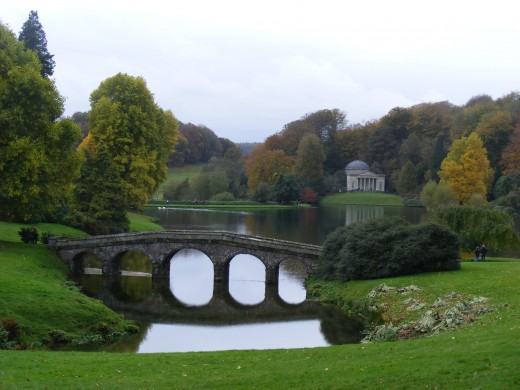
Stonehenge
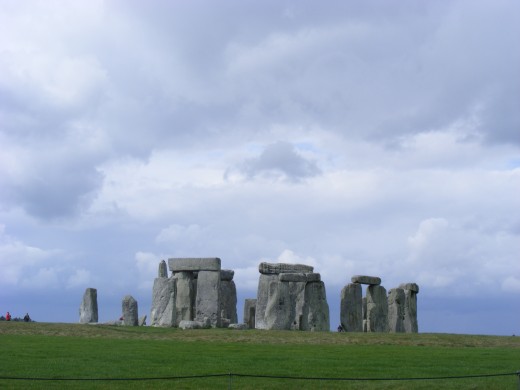
Wiltshire
Stonehenge is high on everyone's list - is it really just a pile of old stones standing in a field? - Pretty much! If you want to see a stone circle, try Avebury. I think it's more interesting, and at least you can touch the stones - at Stonehenge you are kept away on the perimeter nowadays - which spoils it all in my opinion. Avebury is also free, a major advantage, and has a cafe with cream teas.
Avebury Stone circle
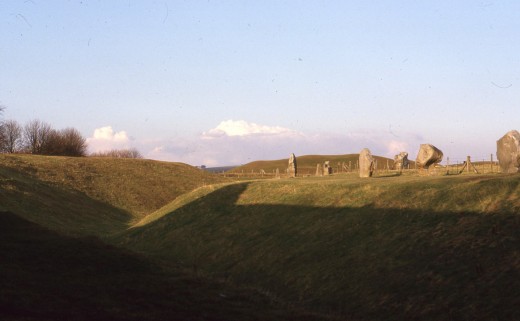
Wales
Wales is for people who like wide open spaces. The Gower penisula is spectacular, and very unspoiled, with beautiful beaches such as Rhossili. Famous walking and climbing areas include Snowdonia and the Pembrokeshire coast. The industrial areas of Wales are pretty grim, though.
In this general area is the city of Chester, which is really a gem in many ways, and well worth a visit.
Dorset coast
One of the most beautiful areas in the UK. Try some of the following:
- Lulworth Cove - from here you can take the coast path to Durdle Door, and check out the fantastic scenery of the coast.
- Lyme Regis - a centre for fossils, with fossil shops. A small but pleasant resort.
- Swanage - you can catch a steam train from here, great views of the Dorset countryside.
- Kingston Lacy - National Trust house
- Kimmeridge - a wild and rocky spot with rock pools and ledges.
- Corfe Castle - village and ruined castle.
The Jurassic coast of Dorset is famous for fossils, and the South West coast path is great for walkers, with magnificent views. The ruins of Corfe castle tower above the village, a remnant from the English Civil War.
Fishbourne Palace, Roman mosaics
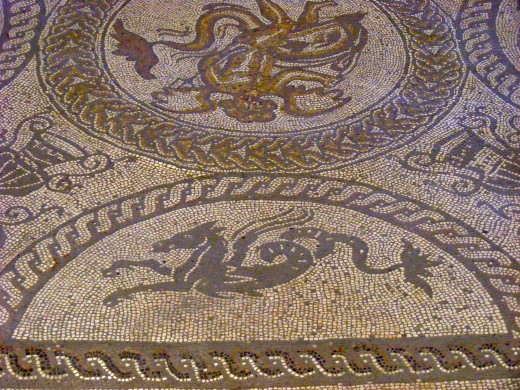
Roman Britain
It's worth visiting some sites from the Roman Britain era. Hadrian's Wall is the single most impressive place to visit, but there are many Roman villas too, in all areas of the UK.
Fishbourne Palace was probably the largest Roman villa, and it's near Chichester on the south coast, which is a nice place to visit anyway. The photo shows part of one of the floor mosaics.
Corfe Castle, Dorset
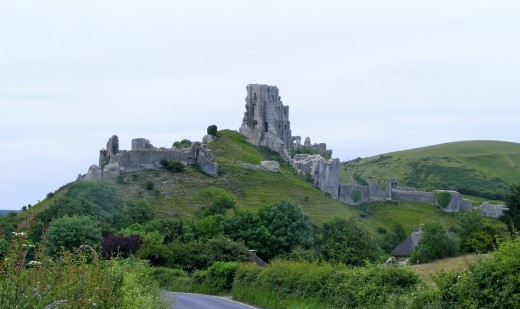
Oxford and Cambridge
Both of these university towns are well worth a visit. Oxford also has an industrial history, and was never bombed during World War II - apparently because Hitler was planning to use it as his administrative centre after the invasion had taken place. The only drawback with both towns is that a lot of the best buildings are limited access or off-limits to visitors - as they belong to the University colleges. Both towns are on the rail network, and that is probably the best way to visit them due to parking problems.
Oxford Guide:
Oxford highlights include:
The Ashmolean Museum
Natural History Museum
Pitt Rivers Museum
Bodleian Library.
The Ashmolean Museum is very well regarded, and rightly so - after a recent refurbishment and huge investment it's probably one of the finest small museums anywhere. Everything is beautifully displayed, from ancient Egyptian artefacts to coin hoards, Arabic art, Chinese porcelain to Impressionist paintings. Entrance is free, and there is a cafe.
The artworks include a fantastic Uccello masterpiece depicting a nighttime hunting scene, an unusual John Constable view of Willy Lott's Cottage, some Turner pictures, a Pre-Raphaelite section, Pisarro and other Impressionist works. There are works by Van Gogh, Monet and Manet but these are very unexceptional.
The Natural History Museum is also free admission, and it's really impressive,the building itself is a great Victorian design, and there are interesting displays of rocks, minerals, fossils etc. Again, there is a good cafe.
In the same area, but in a darkened annexe, is the Pitt Rivers museum - ethnography and weird and wonderful stuff. This collection is pretty much unique anywhere, although it has to be said that some of it is a bit macabre in nature.
York
York is one of the most important cities in the UK in historical terms. It's still amazing - check out
- York Minster - an immense cathedral from the Middle Ages
- The Shambles - a well preserved medieval street
- City walls - great for views
- The Treasurer's House
- Jorvik Centre - a reconstruction of Viking York or Jorvik
- Merchant Adventurer's House - wonderful timber building
- St.William's College - just behind the Minster
It's a city which is great for walking, with a huge number of historic houses, a Rail Museum and the Jorvik centre - which celebrates the Viking era of the city. Originally it was a Roman town, which was invaded by the Vikings and established by them as a major trading centre and port. Even today, many of the street names have a Viking influence, as they mostly end in -gat, the Norse word for street. The medieval walls are free for you to roam around, and many of the best views over the city are from the walls. The other great view is from the top of the Minster or cathedral, one of the most epic buildings from this time.
Lake District
How did all those lakes get there? That's right, endless rain! However, the countryside is really spectacular for walking. Further north is Hadrian's Wall, a must-see attraction and the limits of the Roman empire for most of the era after the abandonment of the Antonine Wall further north in Scotland. There are still huge stretches of the wall standing, and it's very impressive in places, running for about 70 miles right across the country. Built around AD122, you can still visit the Roman fort at Housesteads.
Other places that wouldn't fit into a neat geographical narrative
You could consider joining the National Trust (about £50) and then making superhuman efforts to make the subscription pay for itself. Below are listed some of the most impressive Tudor and Elizabethan houses, in a variety of different areas in England.
- Little Moreton Hall - see picture. See my hub for more details - one of the most striking buildings in the UK, albeit on a small scale.
- Hardwick Hall - Elizabethan masterpiece
- Montacute House - Somerset, Elizabethan house
- Barrington Court - Somerset, Elizabethan house
- Lytes Cary - Somerset, Elizabethan house
- Sutton Hoo - Viking ship burial site
- Stratford - on - Avon (Home of Wm. Shakespeare)
Little Moreton hall (Congleton)
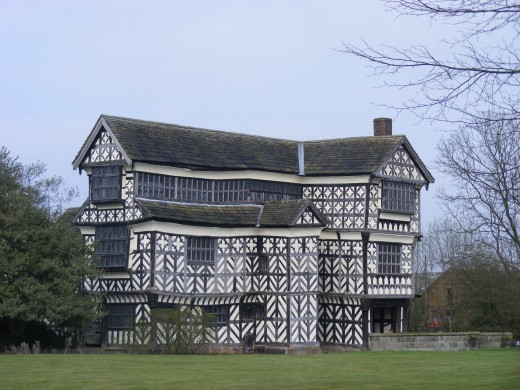
Scotland
You could make a case for going straight to Scotland, which is full of amazing landscapes and history. There is nowhere quite like it! The Highlands are great, also worthy of note:
- St.Andrews (where William and Catherine met, sigh!) Some great beaches, historic buildings, good pubs, restaurants and shopping.
- Edinburgh - a city that has sold its soul to tourism.
- Inveraray (loch, castle etc) - in the right weather, a beautiful and enchanting place.
- Western Isles and Oban - take a boat trip from Oban, the scenery is something else.
- Loch Ness
- Loch Lomond
- If you have Scots ancestry, you could check out places associated with your family in advance. Ancestry.co.uk or Scotlandspeople.co.uk are both great aids in family history research.
- Getting there - Ryanair flies to Prestwick, and many very cheap flights are available as long as you have some flexibility on dates. Try a Tuesday... Generally, you do need a hire car. There is a lot of space and not much public transport.
- My hub UK Travel - Scotland has more detail.
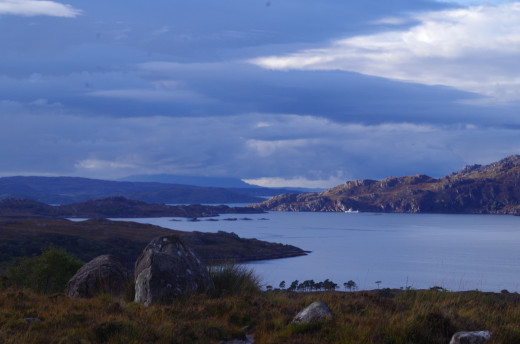
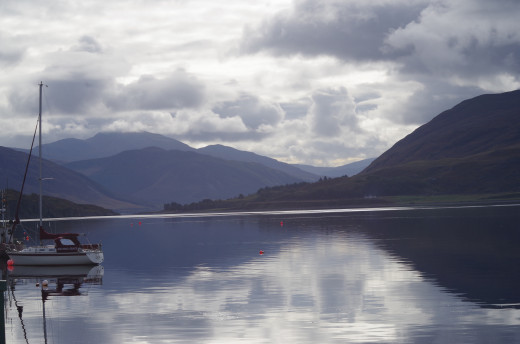
Under construction
Scottish Highlands, West Coast shown above.
Check out hubs by KCC Big Country and Londongirl too, for much more information on visiting the UK.

